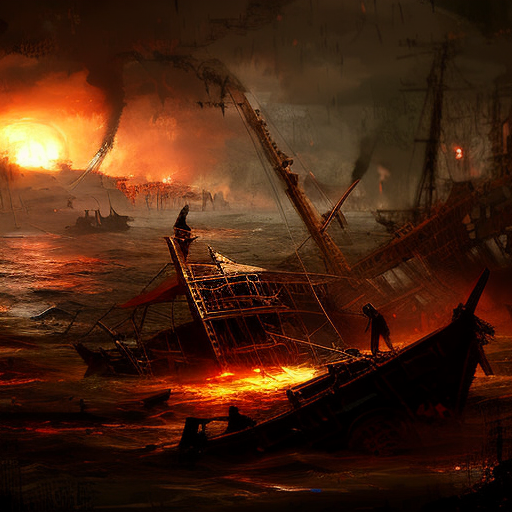One-line Summary:
Isaac’s Storm is a gripping account of the devastating 1900 Galveston hurricane, focusing on the life of meteorologist Isaac Cline and the catastrophic impact of the storm on the city of Galveston, Texas.
Introduction:
Isaac’s Storm by Erik Larson is a meticulously researched and compelling narrative that delves into the events leading up to and the aftermath of the deadliest hurricane in American history. Set in 1900, the book primarily follows the life of Isaac Cline, a dedicated meteorologist working for the U.S. Weather Bureau in Galveston, Texas. Through Larson’s vivid storytelling, readers are transported to a time when meteorology was in its infancy, and the devastating power of nature was not fully understood.
The Rise of Isaac Cline:
The book begins by introducing Isaac Cline, a young and ambitious meteorologist who is determined to revolutionize the field of weather forecasting. Cline’s dedication to his work is evident as he tirelessly collects data and develops theories about the behavior of hurricanes. As he rises through the ranks of the U.S. Weather Bureau, Cline becomes the chief meteorologist in Galveston, a bustling coastal city known for its vulnerability to storms.
The Calm Before the Storm:
Larson skillfully builds suspense as he describes the days leading up to the hurricane. Despite several warning signs, including unusual weather patterns and reports from ships at sea, the people of Galveston remain blissfully unaware of the impending disaster. The city’s residents continue their daily lives, unaware of the catastrophic event that is about to unfold.
The Devastation of Galveston:
On September 8, 1900, the hurricane strikes Galveston with unimaginable force. Larson vividly depicts the chaos and destruction that ensue as the storm surge and powerful winds decimate the city. The loss of life is staggering, with an estimated death toll of over 6,000 people. The devastation is so severe that Galveston is forever changed, both physically and emotionally.
Key Takeaways:
- Isaac’s Storm highlights the importance of accurate weather forecasting and the need for effective communication to ensure the safety of vulnerable communities.
- The book underscores the resilience and strength of the human spirit in the face of unimaginable tragedy.
- It serves as a reminder of the power of nature and the necessity of preparedness in the face of natural disasters.
A Memorable Quote:
“The storm appeared to be dying, but it was not. It was, in fact, growing stronger, drawing energy from the Gulf of Mexico as it moved relentlessly toward Galveston.”
In conclusion, Isaac’s Storm is a gripping and informative account of the 1900 Galveston hurricane and its impact on the city and its inhabitants. Erik Larson’s meticulous research and engaging storytelling make this book a must-read for anyone interested in history, meteorology, or the resilience of the human spirit in the face of adversity.












